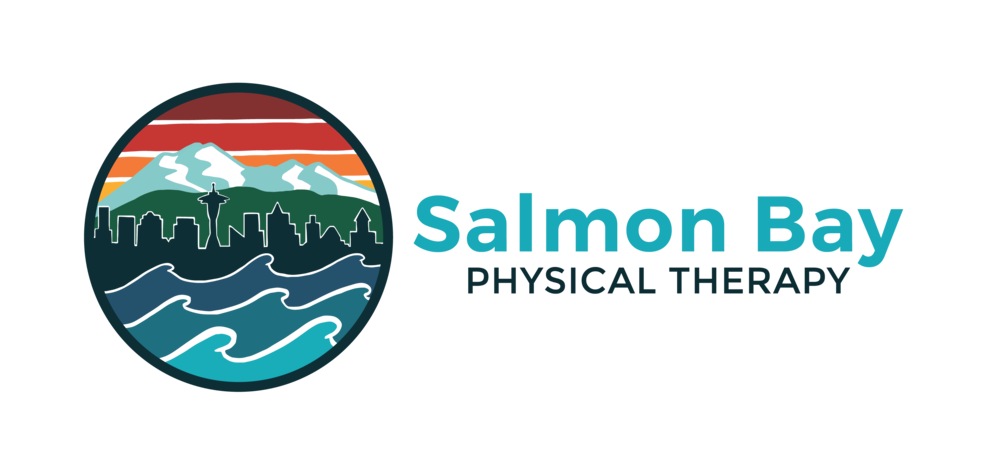If you are like most people, you do the majority of your long runs on the weekend. The typical 9:00-5:00 work day leaves little time to squeeze in anything over a 5 mile run during the week, especially this time of year, when the days are getting shorter. The result is often a behavioral phenomenon called clustering, which refers to performing a large portion of our physical activity (in this case, running) in a short period of time. Think of the runner training for a marathon, getting out for 5 mile runs 3 days per week due to time constraints, before performing a 20 mile training run on the weekend. The long run for this individual would be over 50% of the weekly training mileage, which puts them at an increased risk of injury. When considering how to organize or arrange our training mileage for a given week, we want to consider the 70/30 rule, which states that our long run each week should not exceed more than 30% of our total weekly training mileage, while the mileage from the rest of our training runs should add up to at least 70% of our total weekly training mileage. Following the 70/30 rule helps to promote consistency, creating a better environment for your tissues to adapt gradually over time. Following this rule also helps to promote specificity in training, as we need to consistently run long distances in order to run long distances well. In other words, running 5 miles is not the best way to help you run 26.2 miles well. Rather, running distances as close to 26.2 miles consistently will preferentially help you run 26.2 miles well. While training speed does not apply to the 70/30 rule, specificity applies to speed as well: training fast is the best way to help you run fast (i.e. training slow does not help you run fast).
Now there are a lot of other rules out there we are instructed to follow when training: the 10% rule (do not increase your weekly training mileage by more than 10% per week), the 40 mile rule (training beyond 40 miles per week increases your risk of injury), the 6 days per week rule (running 6 or more days per week increases your risk of injury, the 13 mile rule (running 13 miles or more for your long run more than once over a 2 week period of time increases your risk of injury). Finding a training program that adheres to all of these rules can be rather difficult so it is important to note that these are simply rules designed to help reduce our risk of injury and breaking them does not guarantee that we will get injured. The key is to follow the rules that seem to have the greatest impact on how we run. For example, if you consistently notice running over 40 miles per week tends to result in your knee hurting, but you can run every single day of the week without issue, the 40 mile rule may be important to adhere to, while the 6 days per week rule might be one you can ignore. Consistency seems to be one of the more important aspects of training though, which is why the 70/30 rule and the concept of clustering are so relevant. Big outliers in our training tend to result in tissue irritation or injury. A consistent training program, with slow and methodical increases built in will help you progress at the safest and fastest rate possible because this allows you to minimize your risk of injury. Getting injured is a sure way to slow down your training program, which will ultimately slow down your progress. In other words, you need to progress slowly in order to progress as quickly as possible.
Train smart!





